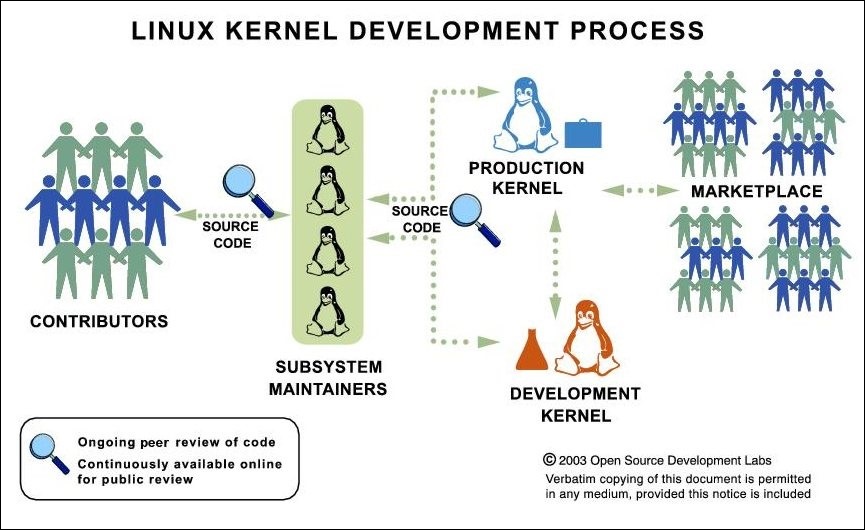Introducing the Shielded Fortress: A Haven for Linux Users
Update and Patch Regularly
Update and patching your Linux operating system regularly is crucial for maintaining its security. By keeping your system up to date, you ensure that any vulnerabilities or bugs are addressed promptly, reducing the risk of exploitation. This is especially important in a world where cyber threats are constantly evolving. Linux’s open-source nature allows for quick identification and fixing of security issues, making it more secure than proprietary operating systems like Windows or macOS. Additionally, Linux distributions often come with built-in security features and tools, making it easier to secure your system.
Regularly updating and patching your Linux OS is an essential step in Linux server hardening.
Implement Least Privilege Principle
Implementing the Least Privilege Principle is crucial for securing a Linux operating system. By granting users only the necessary privileges to perform their tasks, you minimize the risk of unauthorized access or malicious activities. This principle ensures that even if one user account is compromised, the attacker’s access is limited.
To implement the Least Privilege Principle, start by reviewing user permissions and removing unnecessary privileges. Regularly monitor and audit user activities to identify any potential security risks. Utilize tools like SELinux or AppArmor to enforce mandatory access control and restrict user actions.
Remember that Linux, being an open-source operating system, offers robust security features and is often considered more secure than Windows. Additionally, Linux distributions like Qubes OS provide enhanced security by isolating different applications and tasks in separate virtual machines.
By implementing the Least Privilege Principle, you enhance the security of your Linux system and minimize the risk of unauthorized access or data breaches.

Encrypt Data and Secure Network Activity
Encrypting data and securing network activity are crucial aspects of maintaining a secure Linux operating system. By implementing strong encryption mechanisms, you can protect sensitive information from unauthorized access. Additionally, securing network activity ensures that your data is transmitted safely, preventing interception or tampering. Linux offers various tools and features for encryption and network security, making it a reliable choice for safeguarding your system. Unlike proprietary operating systems like Mac OS or Windows, Linux is open source, allowing for greater transparency and community-driven security enhancements.
Learning Linux commands and understanding the differences between Linux distributions can further enhance your ability to secure your system. Consider exploring Linux training, such as Qubes OS or Unix, to gain the necessary skills for a secure Linux environment.
Maintain Secure User Accounts and Authentication
Maintaining secure user accounts and authentication is crucial for a secure Linux operating system.
Utilize Firewalls and Intrusion Detection Systems
Utilize Firewalls and Intrusion Detection Systems
A secure Linux operating system should have robust mechanisms in place to protect against unauthorized access and potential intrusions. Two essential components for achieving this are firewalls and intrusion detection systems (IDS). Firewalls act as a barrier between a trusted internal network and external networks, controlling the incoming and outgoing network traffic based on predefined security rules. IDS, on the other hand, monitor network traffic and system activities to detect and respond to potential security threats.
| Component | Description |
|---|---|
| Firewalls | A firewall is a network security device that monitors and filters incoming and outgoing network traffic based on predetermined security rules. It acts as a barrier between a trusted internal network and external networks, protecting the system from unauthorized access and potential threats. |
| Intrusion Detection Systems (IDS) | An IDS is a security mechanism that monitors network traffic and system activities, analyzing them for signs of potential intrusions or attacks. It uses various detection methods, including signature-based and anomaly-based detection, to identify suspicious activities and generate alerts for further investigation and response. |


